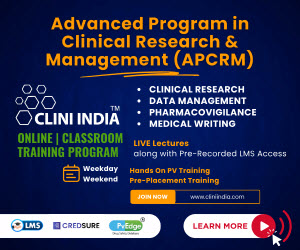CURRENT AND FUTURE TREND IN NANOTECHNOLOGY: A REVIEW
 ABOUT AUTHORS:
ABOUT AUTHORS:
Anjali* , Lakshmi Goswami, Dr. Preeti Kothiyal
Shri Guru Ram Rai Institute of Technology and Sciences
Patel nagar, Dehradun
anjali23mar@gmail.com
ABSTRACT
In field of nanotechnology nonmaterial are at the leading edge. Nanotechnology has received a lot of attention with enthusiasm because of its future potential. Their unique size-dependent properties make these materials greater and indispensable in many areas of human activity. Particulate systems like nanoparticles have been used as a physical approach to alter and improve the pharmacokinetic and pharmacodynamic properties of various types of drug molecules. Polymeric nanoparticles have been extensively studied as particulate carriers in the pharmaceutical and medical fields, because they show promise as drug delivery systems as a result of their controlled and sustained release properties, subcellular size, biocompatibility with tissue and cells. This technology offers the advantage of protecting drugs from degradation; reduce the number of doses required. This brief review tries to summarise the most recent developments in the field of applied nanomaterials, nanoparticles, solid lipid nanoparticles, nanocrystals, nanosuspensions, nanoemulsions, in particular their application in biology and medicine, and discusses their commercialisation prospect.


 About Authors:
About Authors:  ABOUT AUTHORS:
ABOUT AUTHORS: 







.png)

